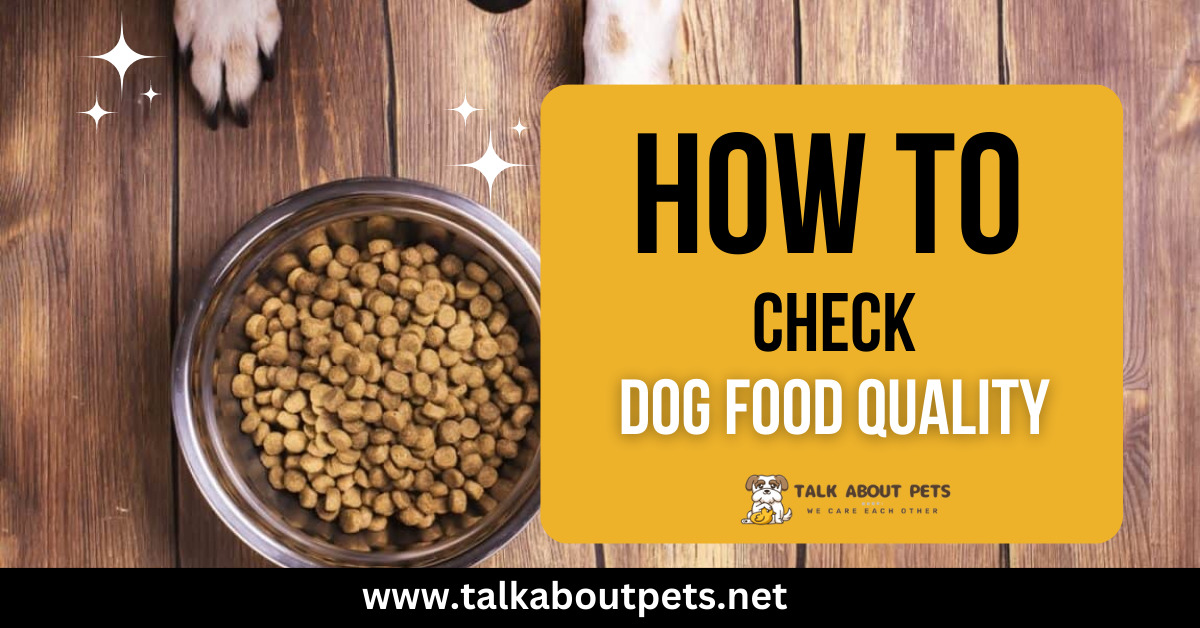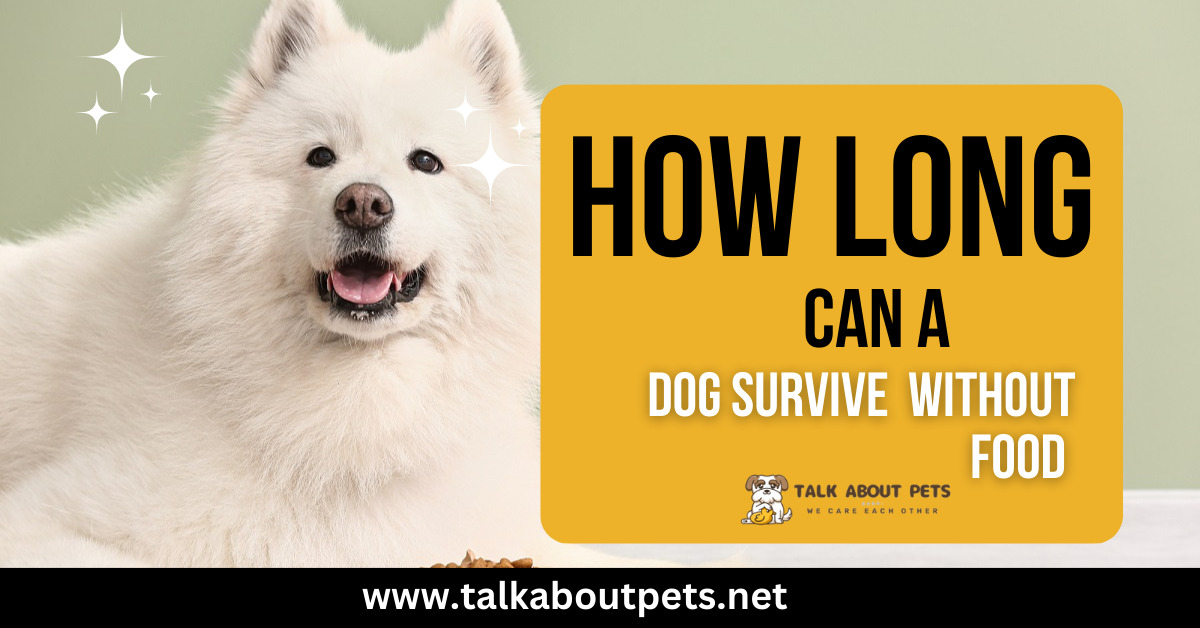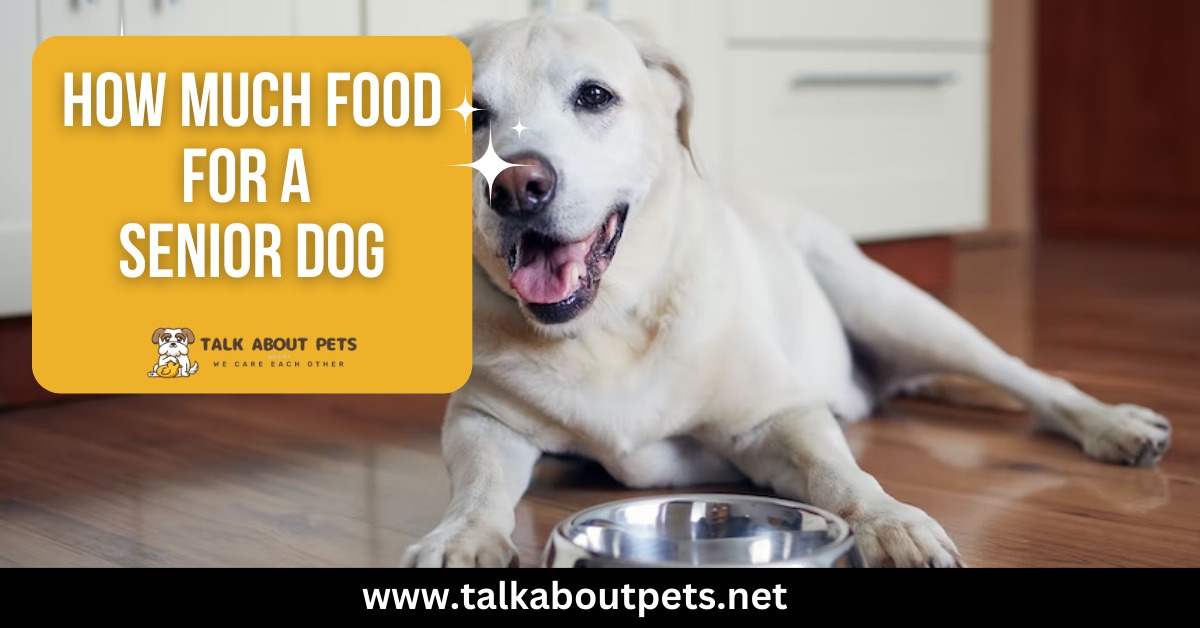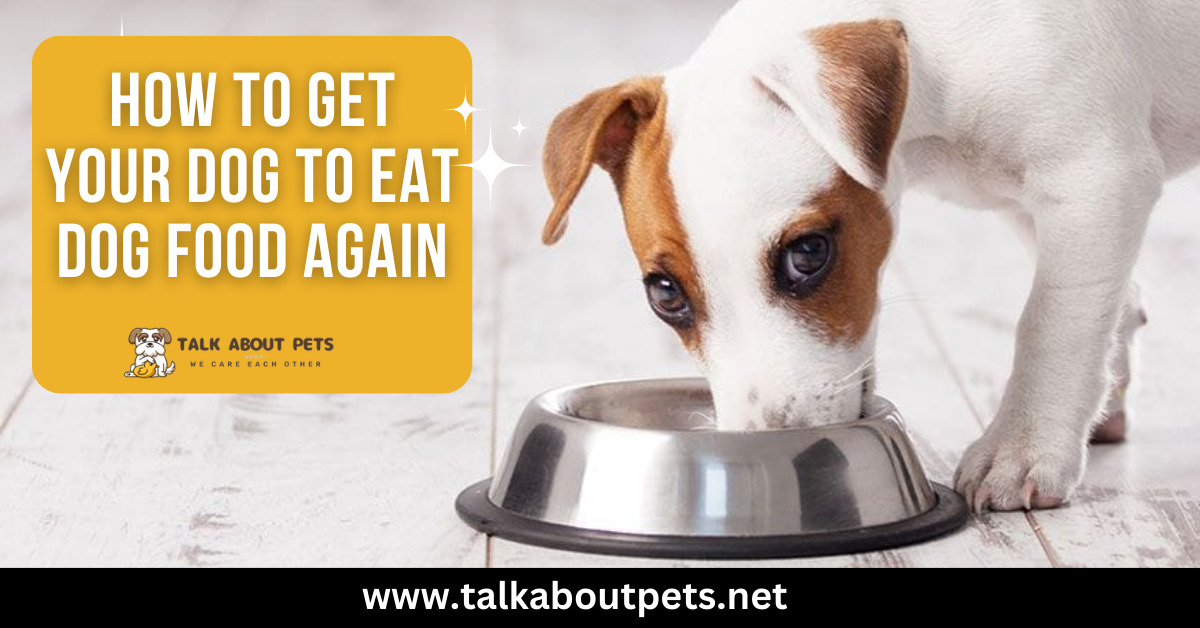When it comes to choosing dog food, there are several things to consider. For example, what kind of dogs they are, what colors they like, and what textures they like. There are even some things to consider for dogs who like other dogs’ food.
More important than anything is the quality of the food. You can check the protein and fat content of dog food, and see if they meet certain minimums. This is a great way to get some more dog food into your dog’s diet.
Some dogs may not be hungry when they are around their normal eating size. So checking the nutritional content can help avoid overfeeding. Others may need more energy or fatty acids to meet their daily needs.
In terms of patterns for calories or mix-and-match foods, those are considered rare today and were sometimes in the past. If your dog does not seem healthy with one type of food, try another.
Check the protein content
If your dog is not gaining weight, then the reason may be that it is not eating enough protein. Protein[1] is an important nutrient when exercising or schooling.
Many dog foods have less protein than people’s meat. This is due to the way the package describes its protein content. Many companies calculate their protein content using a minimum of 2 grams of protein per pound of body weight.
This can be problematic if your dog gets hungry at night or needs something to start the day with. A little bit of missing protein can be okay, as long as it is enough to meet your dog’s needs.
Most times, there are quality proteins that have a lower ratio of protein than 2:1. You can check this by looking at the number of grams of each nutrient in the package. Some products have less protein than what is stated, but it does not look like this comes into account.
Look for grains that are not considered healthy grains
These are called unhealthy grains. Because they can contribute to heart disease and cancer. These include malza, raffinose, astaxel, and soya.
Leaning toward healthier foods is a strategy many humans use. You can do the same for your dog as she learns how to eat.
When looking for healthier foods, try splitting them up into two meals and one snack per day. By having two snacks per day, your dog will have more opportunities to eat them. Also, when buying food, ask questions about what other nutrients it contains and how it was produced.
Make sure to check the date label as well to make sure the food is fresh enough to meet your dog’s needs.
Check the texture
If your dog is eating food that is very grainy or crunchy, try changing up the timeline and clicker training. These foods are known for being high in flour, juicing, and time of day.
Some foods contain sugar or sweeteners to make them taste better. This can be problematic if your dog does not consume enough protein to match the quality of the food. Using time of day effects on food intake can work well.
Try pairing one or two foods that are not compatible- wheatgrass versus kibbles. For example—and see what your dog thinks goes together. Once you find a comfortable range of food contents, adjust the time of day effects to fit your needs.
Smell it
If you notice any unusual odors or chemical smells in your dog’s food, there may be a quality issue. If you think your dog might be eating too much protein or fat, then it is important to check the food out.
Some foods contain synthetic compounds that create a scent when introduced into the process. This can be useful in determining if your dog is getting enough calories if they are sensitive to certain foods, and how well the food is blending with other foods.
If a brand of food has a special scent, do not buy their products unless you also want to smell them. The smell of these substances can become unpleasant and possibly even forgetful dogs.
If your dog does not seem inclined to eat the food they are showing signs of being sensitive to, it is recommended to discontinue that food type for a few days to see if they improve its sensitivity.
How long is it good for?
It can take a while for some foods. Some companies make their products for years before they update them to market standards. This is mostly for higher-quality meats and other ingredients.
When you buy dog food, you are buying a product that is brand new. It must be done so that it is suitable for your dog, of course.
Some companies use older data on the pet food products they make, making them look like new products. This can be very annoying to check out as it is old data that looks like the new food.
Checking data on food is easy:
Find the packaging and there should be information about how long the food lasts on the label.
Does it contain artificial colors or sweeteners?
If your dog is sensitive to artificial sweeteners, does it seem to enjoy the food more? Or does it seem to dislike it more? These can sometimes be signs of poor quality food.
We recommend only using saccharin-free and flavorsigenic foods. These are less likely to upset your dog’s sensitive stomach.
If your dog seems hungry more often, then it is wearing out its hunger faster than you thought. Saccharin–free foods may help[2] with this because dogs may not get as much from the regular food that they have to eat every day.
Another sign that your dog is eating too fast is when they pee or poo at the same time. When this happens, it usually means that they are using up their energy level.
It is important to know when your dog is eating enough, but also how much they are eating.
Are the ingredients listed naturally?
Some foods contain ingredients that aren’t listed on the label. This can be important to know. These include plants, insects, and other creatures that contributed to the creation of food materials, Many times a company will use a process as opposed to a product line of business, material addition is common.
This includes nutritional additions like omega fatty acids or minerals like sodium and carbohydrate content.
This includes plants such as probiotics that contributed elements to the food material. Many times this is below the radar screen when looking at the label.
What brand is it?
Choosing dog food is important, especially if you have a dog with SPECIAL NEEDS. There are hundreds of brands, and they all claim to be high quality.
Most of them claim to be super-premium, which is higher in protein and fat. This is helpful for dogs that need a high-protein diet in their life.
However, some of them do not say how high the protein or fat content is, which can be downgraded for your dog. If your dog does not seem satisfied with the food you are using, they may look for another one.
The consistency of the food should be clear to my dogs as well. If one seems hungry while the other does not, then one must have enough food to meet their needs. They also must feel comfortable eating it because it looks like regular food.
Resource-
(1) https://en.wikipedia.org/wiki/Dog_food#Low-protein
(2) https://www.akc.org/expert-advice/vets-corner/artificial-sweetener-safety-for-dogs/





